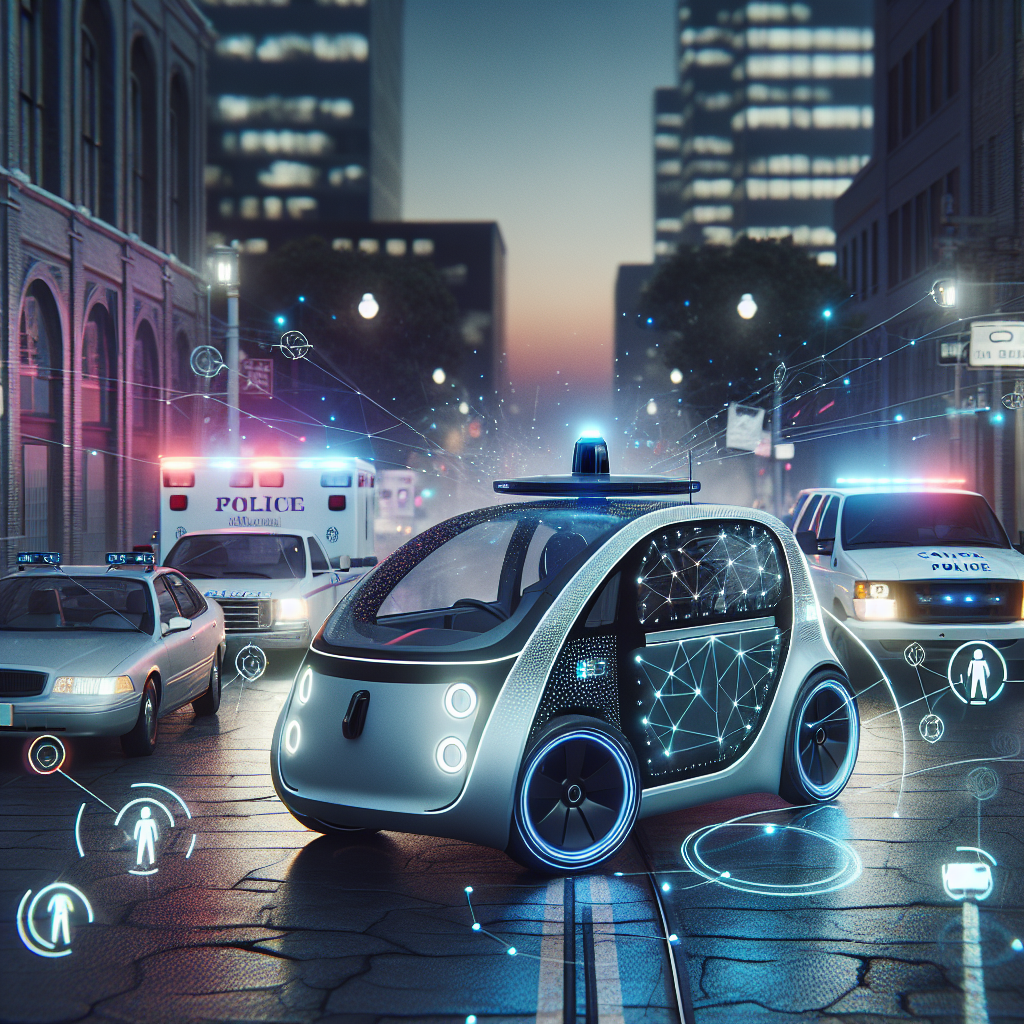Self-Driving Car Crashes: Navigating the AI Blame Game
Understanding Self-Driving Car Crashes
Self-driving car crashes are no longer science fiction. As autonomous vehicles roll out on roads around the world, collisions involving AI-driven systems have raised tough questions: who is at fault when a car without a human at the wheel causes an accident? This article explores the factors behind these crashes and examines how automakers, insurers, regulators, and consumers can navigate the emerging AI blame game.
Thank you for reading this post, don't forget to subscribe!Why Assigning Fault Is So Complex
With traditional vehicles, determining liability in an accident is usually a matter of driver error, mechanical failure, or poor road conditions. But self-driving cars introduce new variables:
- Software glitches or bugs
- Inadequate sensor coverage in extreme weather
- Edge cases the system wasn’t trained on
- Third-party components and mapping data
Each of these factors can blur the line between human responsibility and machine error. When an autonomous car crashes, pinpointing whether the AI misinterpreted a scene, a sensor failed, or a human operator intervened too late can be a painstaking process.
Human vs. Machine: The Battle for Liability
Human Operators in the Loop
Many self-driving vehicles still require human oversight. A safety driver may be ready to take control if something goes awry. But in split-second scenarios, the expectation that a human will seamlessly re-engage can be unrealistic. Some crash reports show the AI handing off at the last moment, leaving the human unprepared to react.
Software Errors and Edge Cases
Even the most robust AI model can encounter rare situations it wasn’t trained to handle. From a low-flying kite mistaken for a drone to a cyclist weaving through stopped traffic, these edge cases can lead to unexpected system behavior. Software updates can patch problems, but they also introduce the risk of new bugs.
The Role of Insurance and Liability
Insurance companies are adapting to self-driving car crashes by developing new coverage models that account for both hardware and software risk. Here are some emerging approaches:
- Product Liability Insurance: Shifts responsibility to manufacturers when failure is caused by design or software defects.
- Cyber and Data Insurance: Covers liability from hacking or data breaches that interfere with vehicle operation.
- Usage-Based Premiums: Adjusts rates based on real-time driving behavior, sensor health, and software version.
These models aim to balance consumer protection with incentives for developers to maintain safe, up-to-date systems.
Regulatory and Legal Hurdles
Lawmakers worldwide are scrambling to update rules for autonomous vehicles. In the U.S., the National Highway Traffic Safety Administration (NHTSA) has issued guidance on testing protocols, but many states still lack clear statutes on self-driving liability. In Europe, the EU’s C-ITS initiative focuses on cooperative intelligent transport systems, but enforcement remains patchy.
Criminal and civil courts will set crucial precedents. Early rulings may hinge on whether automakers can demonstrate a “reasonable” level of AI performance and whether they provided adequate warnings to users about system limitations.
Balancing Innovation and Safety
Automakers and tech companies must strike a delicate balance. Overly cautious systems may frustrate drivers and hinder adoption, while overly aggressive algorithms can increase crash risk. To build public trust, developers should:
- Publish independent safety audits
- Offer transparent incident reporting
- Engage with regulators and local communities
- Continuously refine models using real-world data
Building a Safer AI Stack
For developers working on autonomous driving software, best practices in coding and testing are critical. Whether you’re optimizing your IDE or structuring classes for sensor fusion, solid fundamentals matter. Check out our guide on VS Code installation for a streamlined dev environment and learn how to create a class in Python to organize your modules. For an overview of quality standards, see best programming practices.
External Perspectives and Resources
For further reading on the state of self-driving safety:
- NHTSA Automated Vehicles Safety
- The Verge’s Coverage of Autonomous Cars
- MIT Technology Review on Autonomous Vehicles
Looking Ahead: Policy, Technology, and Public Trust
Self-driving car crashes will continue to make headlines, but the right mix of policy, engineering, and public engagement can steer us toward safer roads. Key takeaways include:
- Collaboration between automakers, insurers, and regulators is essential.
- Transparency in accident investigations builds trust.
- Adaptive insurance models can fairly allocate risk.
- Continuous improvement in AI algorithms reduces edge-case failures.
Conclusion
Self-driving car crashes raise fundamental questions about responsibility in an AI-driven world. By clarifying liability, strengthening regulations, and maintaining rigorous development standards, we can ensure that autonomous vehicles fulfill their promise of safer, more efficient transportation. As stakeholders work together, the path through the AI blame game will become clearer—and the roads safer for everyone.






